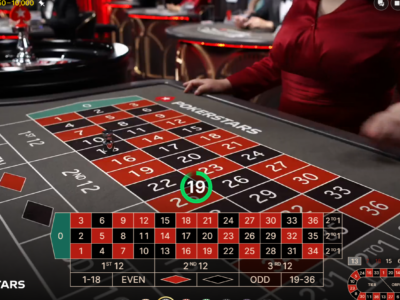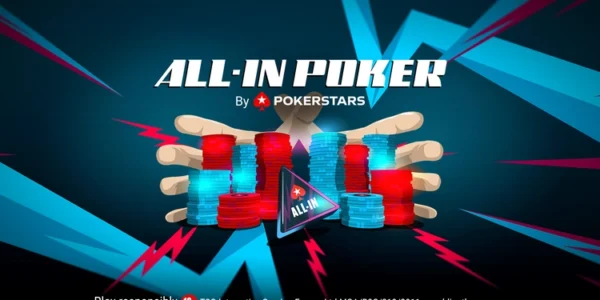Keep these 5 things in mind when thinking about bankroll management
Bankroll management is something that helps winning players overcome variance and build up funds.
Even new players can use bankroll management techniques to play responsibly and gain the experience needed to move up in stakes.
Here are five things to keep in mind when thinking about bankroll management.
1. Your poker funds should be separate
No matter whether you’re an inexperienced pro or it’s your first time on the felt, your poker funds should always be kept separate to the rest of life.
You don’t want to be dipping in and out of your bank account to pay for poker. Likewise, you don’t want to be relying on your bankroll to pay rent.
Instead, take an amount that you can afford and are comfortable playing with and set it aside. This is fundamentally what your bankroll is – a separate fund dedicated to poker.
2. Play within your limits
Once you have your poker funds set aside, you can start to apply strategies to use it in the best way possible. This is bankroll management. And the first rule of bankroll management is to play within your limits.
There’s no set rule for this. But the idea is to give yourself a cushion to overcome the variance. That’s the element of chance built into the game.
For cash games, the general consensus is to have at least 50 full buy-ins (100bb) for the games that you want to play. For single-table SNGs, 50-100 buy-ins should suffice. For large field MTTs, you’ll need hundreds of buy-ins to fund your campaign.
This means that if you want to play $10 SNGs, you’ll need at least $500 if you’re managing your bankroll properly.
It might sound like a conservative approach. But it’s the only way to counteract bad runs and downswings that are an inevitable part of the game.

3. Skill level matters
When it comes to bankroll management, it’s not just playing within your limits that will keep you in the game. You’ll also have to be able to beat the competition so that you come out on top – winning more than you are losing.
If you’re not yet a winning player, you can use bankroll management as a way to pace your play while you gain experience.
If you are a winning player, your win rate and edge makes a huge difference to bankroll management. If you have a win rate of 10bb per 100 hands, for example, you’ll be able to take a bad run on the chin. Much easier than a player with a win rate of 1bb/100.
Technically, if your edge over the field is marginal, you’ll need more buy-ins to ensure your bankroll can handle any downswings. That’s why it’s important to both select games you can beat and continually improve at poker.
4. Make bankroll management work for you
If you win games at a rate that more than covers entry costs, your bankroll will start to grow. At this point, you could withdraw, spend your winnings, and continue at the same level – which is totally fine.
For many players though, the aim of bankroll management is to move up in stakes. This can be accomplished by playing games that you consistently beat. And with a solid bankroll management strategy.
Be careful not to move up in stakes too early, as a bad run could quickly damage your bankroll. Instead, wait until you have enough buy-ins to support the new entry costs of the games you want to play.
For example, if you are moving from $5 to $10 SNGs, you’ll need at least double the bankroll. You’ll also need to make sure you have the skill to beat the games.
5. Know when to move down
It may sound like a negative point to end on. But it’s crucial to know when to move back down in stakes if you plan doesn’t work out. Or if a particularly bad run crushes your bankroll. Moving down will stop you from going broke or having to reload.
The principle is the same as moving up. You should always have enough buy-ins to keep your campaign going. So, if you start out with 50 buy-ins and drop to 25-30, you’ll need to move down so that you once again have at least 50 buy-ins.
It can seem like a grind and, in truth, it often is. But very few players load up a bankroll and continually move up in stakes until they hit the top. It’s going to take a few runs to reach the pinnacle of poker.
View Other Blogs































